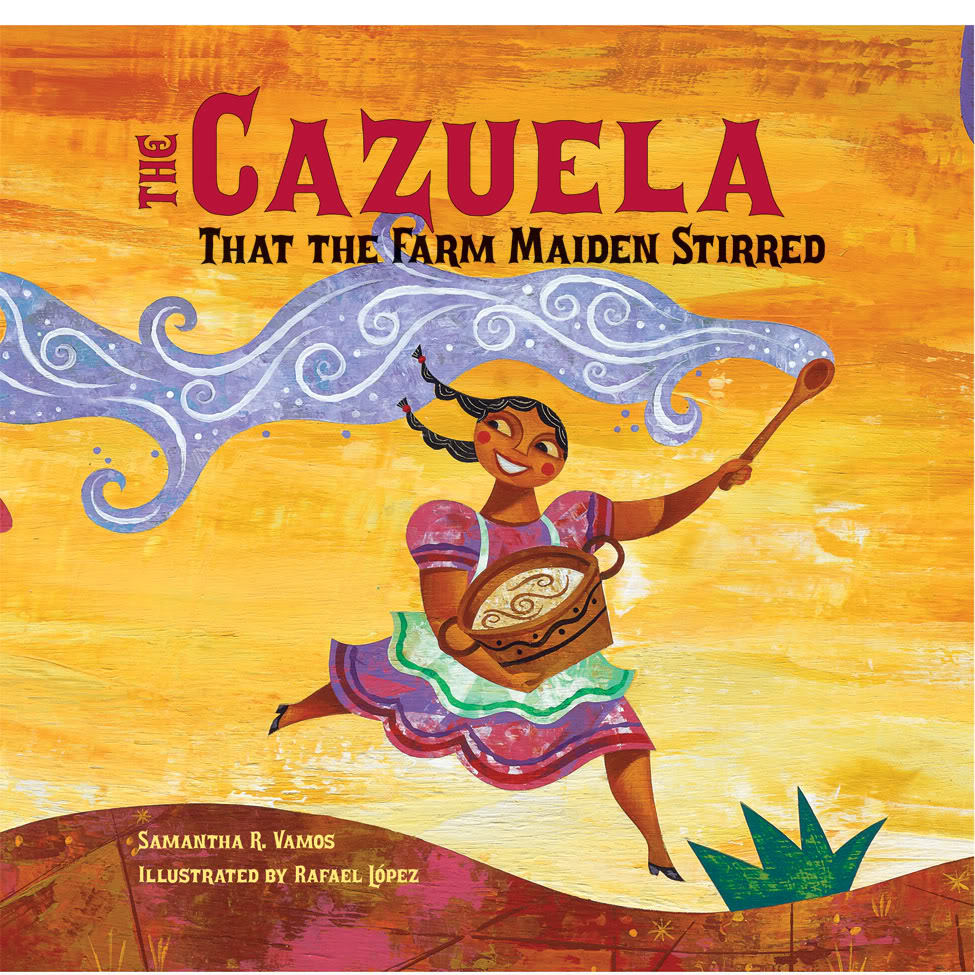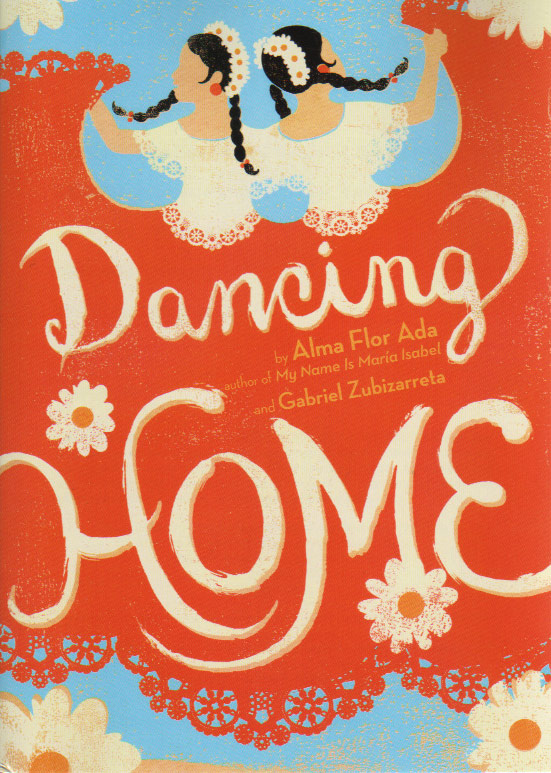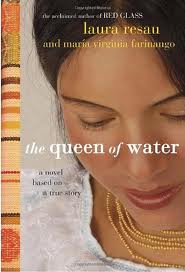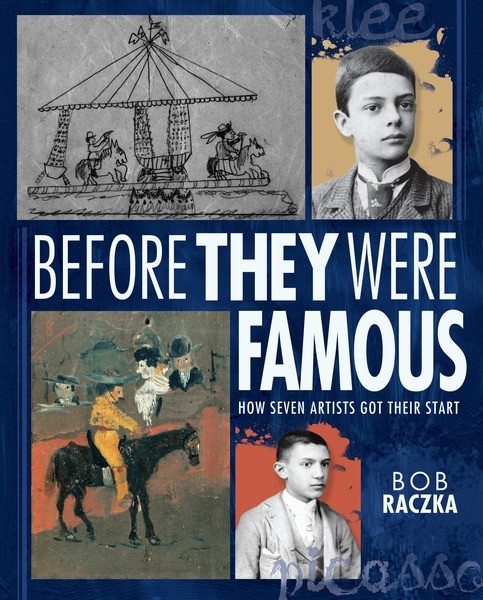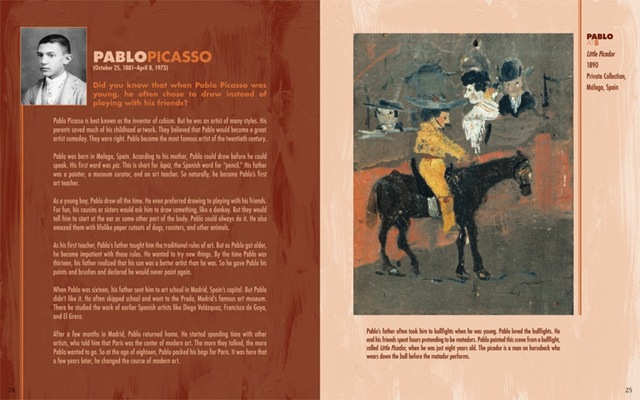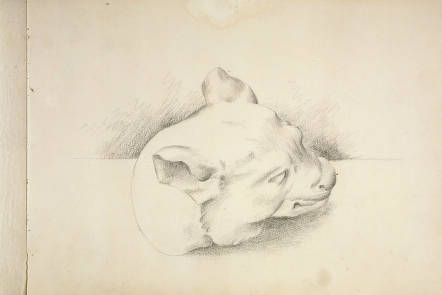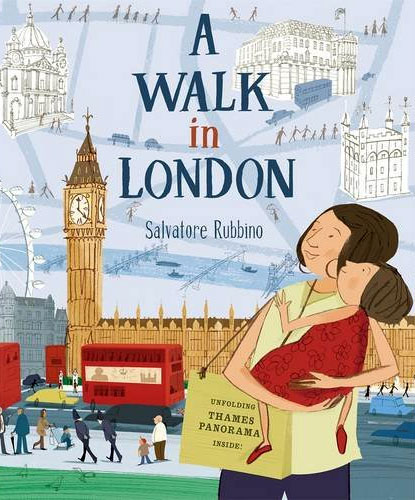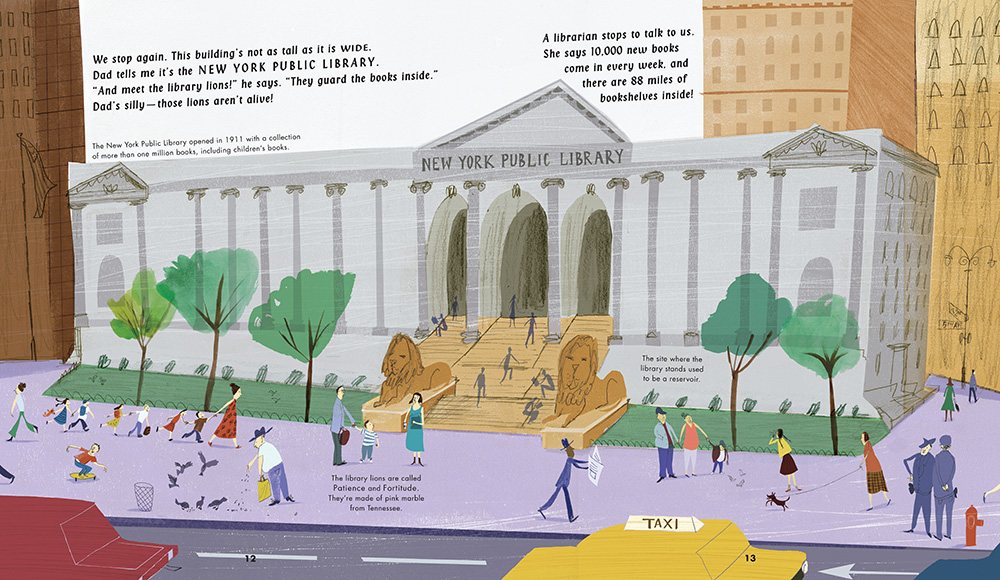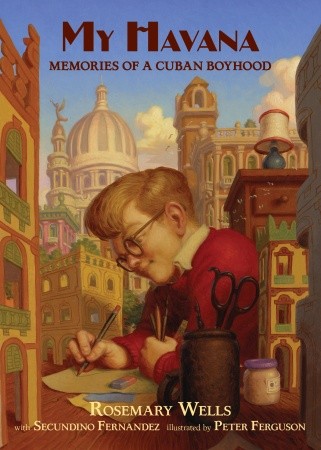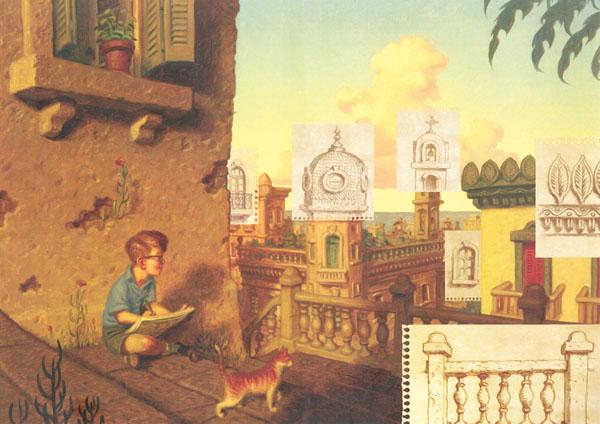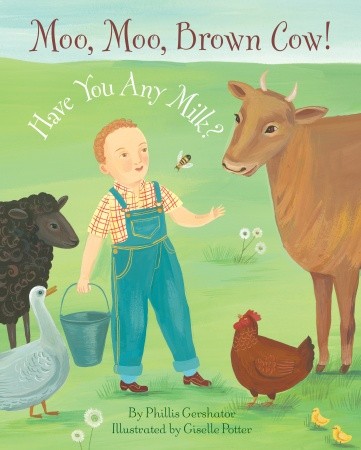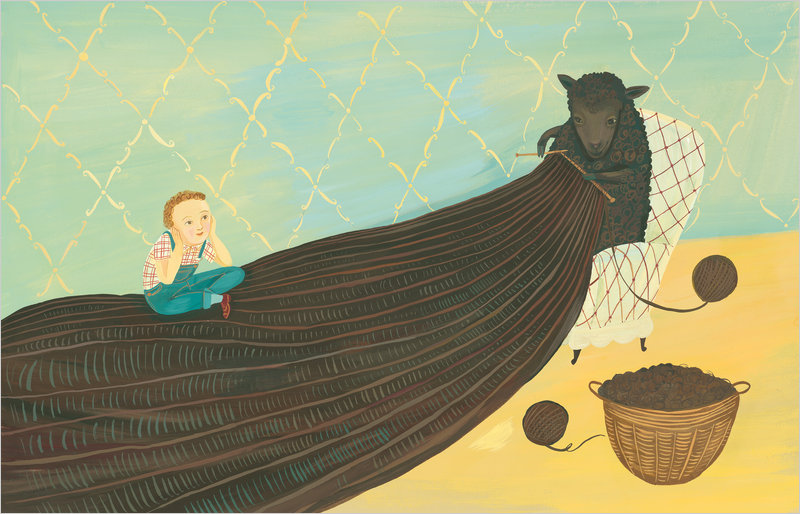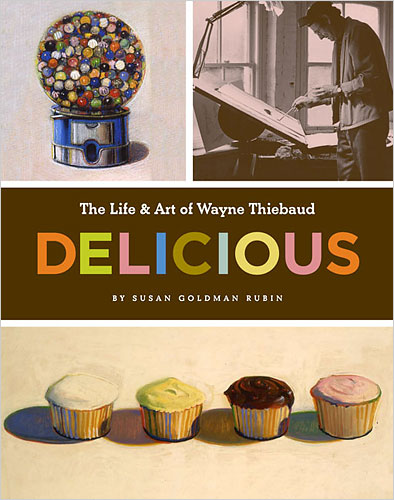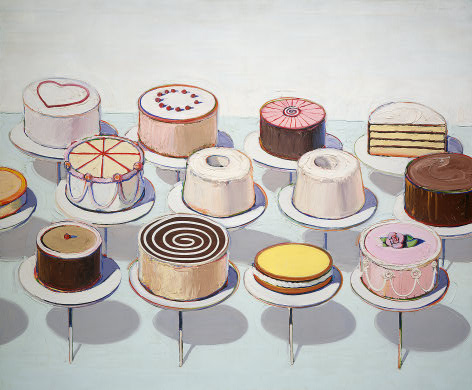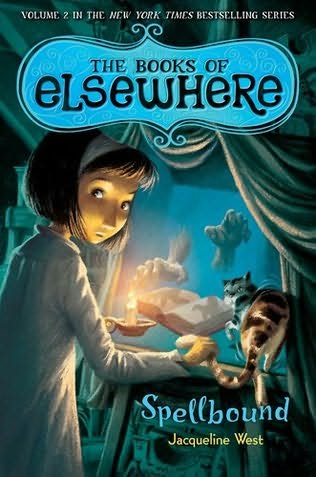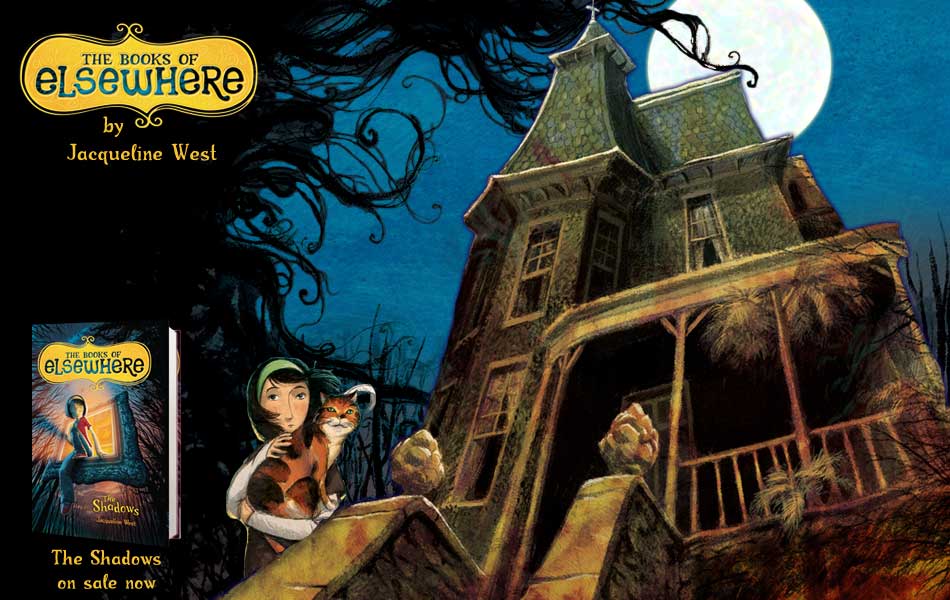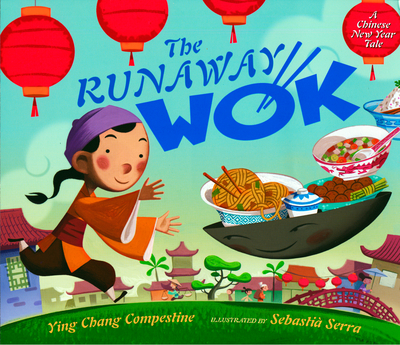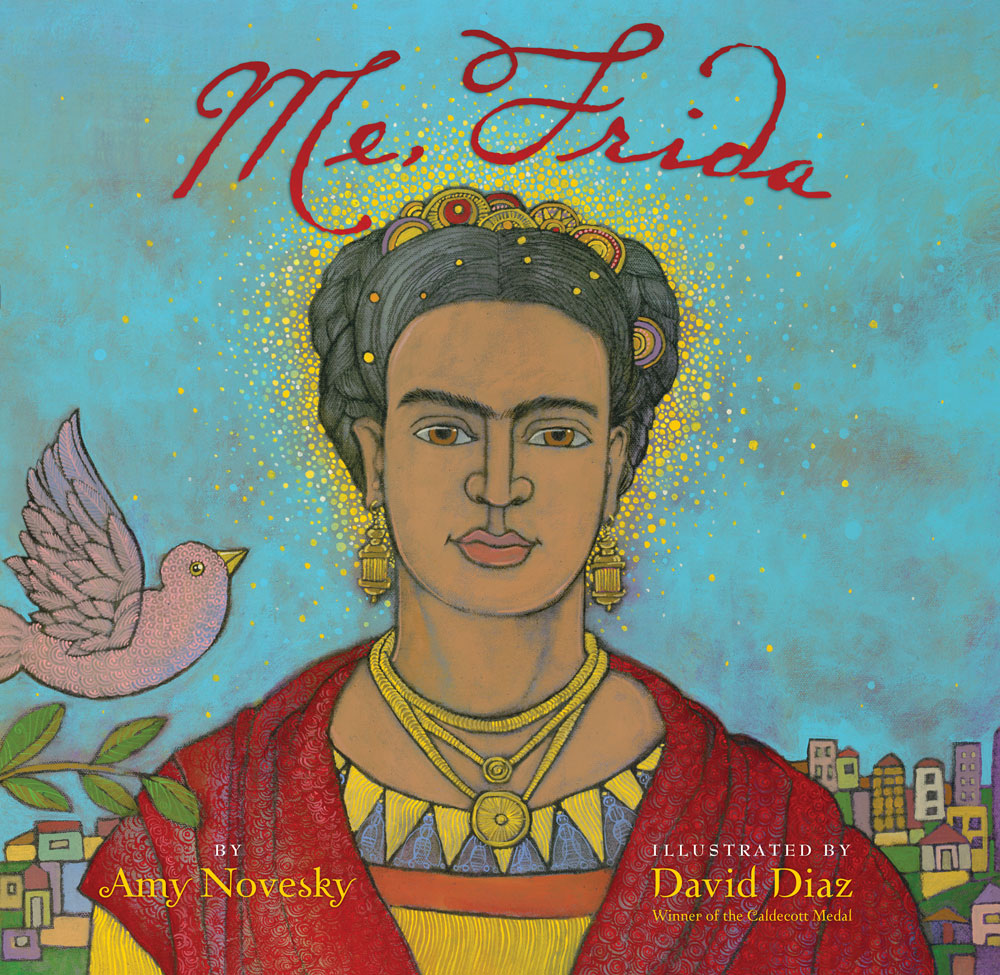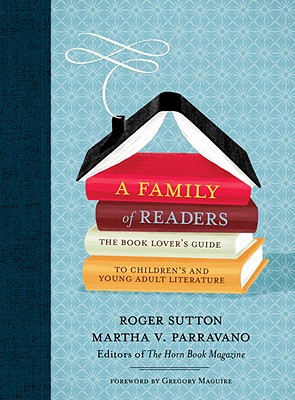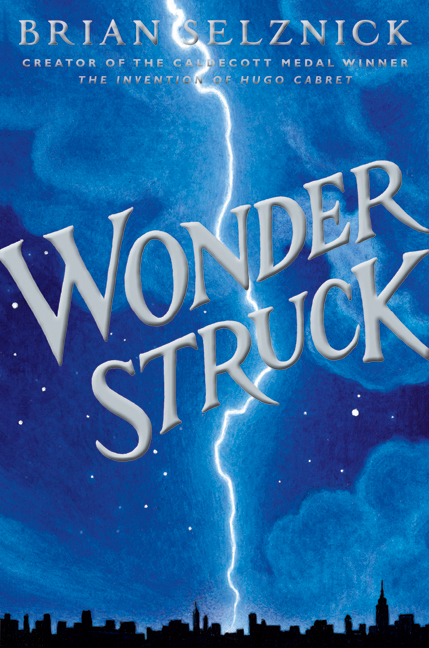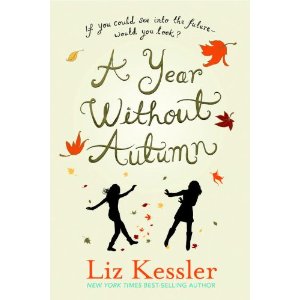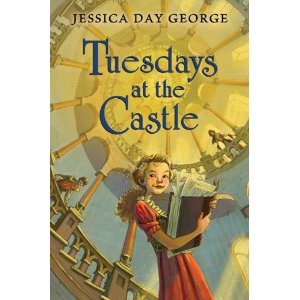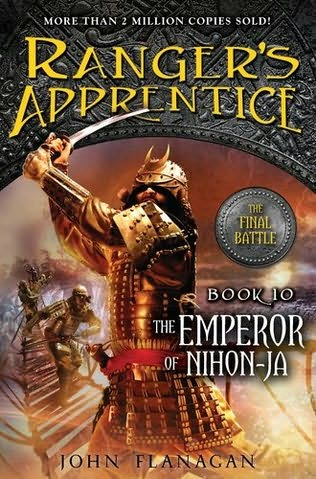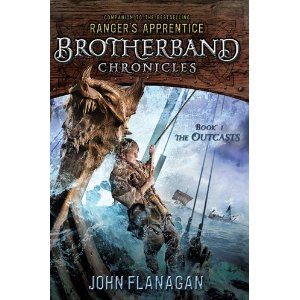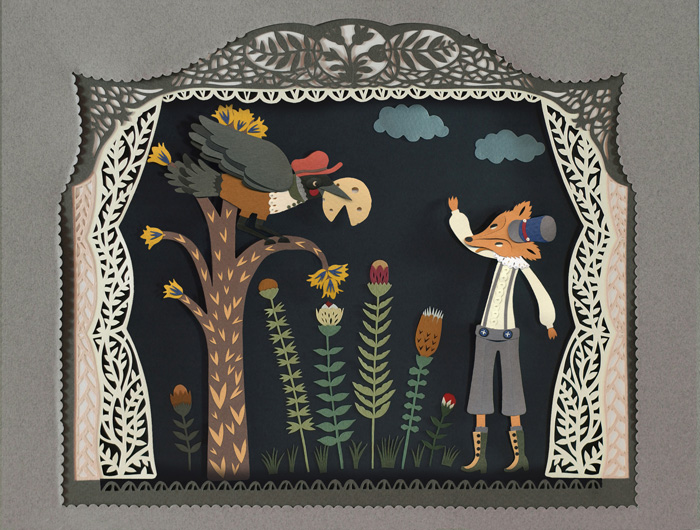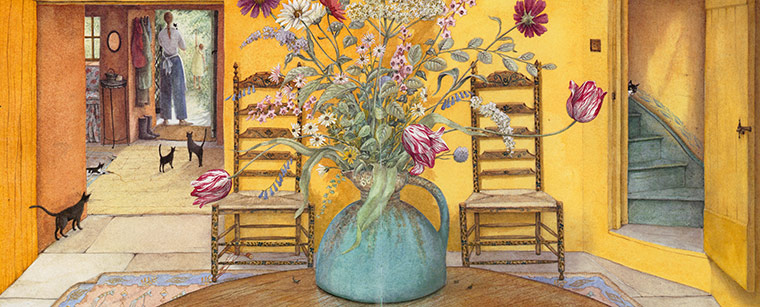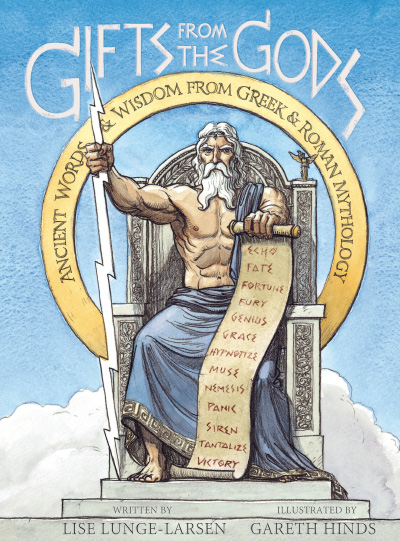 Hello and welcome to Nonfiction Monday at books together! My contribution this week is Gifts from the Gods by Lise Lunge-Larsen [review coming later this morning]. Please comment with a link to your Nonfiction Monday post (and a brief description if you'd like), and I'll round them up here throughout the day. Thanks for participating in this edition of Nonfiction Monday!
Hello and welcome to Nonfiction Monday at books together! My contribution this week is Gifts from the Gods by Lise Lunge-Larsen [review coming later this morning]. Please comment with a link to your Nonfiction Monday post (and a brief description if you'd like), and I'll round them up here throughout the day. Thanks for participating in this edition of Nonfiction Monday!
The night before (good morning, UK!)
Zoe at Playing by the Book reviews What Mr Darwin Saw by Mick Manning and Brita Granström in association with London's Natural History Museum.
Morning edition
Medea of Perogies and Gyoza reviews Japanese Celebrations for her first Nonfiction Monday post. Welcome, Medea!
Also contributing for the first time, Tara of A Teaching Life reviews The Harlem Hellfighters, an account of the brave regiment who fought in World War I. Welcome, Tara!
Jone of Check It Out reviews Underground: Finding the Light to Freedom by Shane Evans.
Gathering Books reviews The Boy on Fairfield Street: How Ted Geisel Grew Up to Become Dr. Seuss.
Jeff of NC Teacher Stuff reviews The Fabulous Flying Machines of Alberto Santos-Dumont.
Two reviews at Ms. Yingling Reads: a book about lost cities (Pompeii) and a book about vampires in Transylvania.
Shelf-employed is featuring some light reading today with 1st and Ten : Top Ten Lists of Everything in Football.
At Ana's NonFiction Blog, three articles from kids' science magazines featuring confused spiders, revealing bandages, and scuba spiders. Congratulations, Ana Maria!
Roberta of Wrapped in Foil took a look at Cybils nominee Digging for Troy: From Homer to Hisarlik.
Anatomy of Nonfiction features Marc Tyler Nobleman on Heroes--Super and Otherwise with a review of Boys of Steel and interview with the author.
Wild About Nature reviews Sea Stars: Saltwater Poems by Avis Harley.
At Bookends, Cindy and Lynn review Every Thing On It by Shel Silverstein.
And Shirley at SimplyScience introduces Enterprise STEM, a new Rourke book by...Shirley Duke! Congratulations, Shirley!
Afternoon update
Learn about animals through their ears, noses and tails in What Do I Do with a Tail Like This?, reviewed by Camille at A Curious Thing.
Kids' travel guides from Arcadia reviewed by Jennifer at Jean Little Library.
At The Fourth Musketeer, a review of Midnight Rising: John Brown and the Raid that Sparked the Civil War by Tony Horwitz, a new nonfiction title for adults that's also suitable for high schoolers.
A picture book biography of an artist, just for books together's focus on art and artists: Jeanne at True Tales & A Cherry On Top features Diego Rivera: His World and Ours. Thanks, Jeanne!
Jennie at Biblio File reviews Flesh and Blood So Cheap: The Triangle Fire and its Legacy.
Wendy at Blog from the Windowsill reviews Celebrate Hannukah. Welcome back, Wendy!
Good evening
Heidi highlights a series called Fall's Here at Geo Librarian.
The Nonfiction Detectives have a review of Balloons Over Broadway on the blog today.
Janet at All About the Books reviews A Wizard from the Start: The Incredible Boyhood & Amazing Inventions of Thomas Edison written by Don Brown, .
That's all for now!
